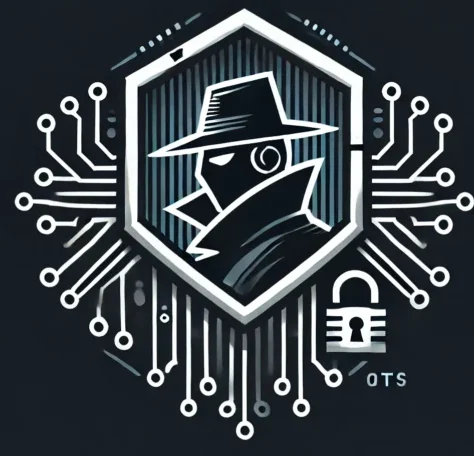The history of cyber threats is as old as the history of modern computing itself, evolving in complexity and scale alongside technological advancements. Understanding this evolution is crucial for developing effective strategies to combat current and future cyber threats.

The Early Days: Exploration and Curiosity (1970s – early 1980s)
The dawn of cyber threats began in the 1970s. During this era, most cyber incidents were the result of intellectual curiosity rather than malicious intent. Hackers were often computer enthusiasts, exploring the limits of burgeoning technology. The term ‘hacker’ originally denoted skill and creativity in programming, not illegal activity. One of the earliest recorded cyber threats was the Creeper virus in 1971, an experimental self-replicating program that was more of a novelty than a threat.
The Advent of Malware and the Internet (late 1980s – 1990s)
As personal computers became more common in the late 1980s and early 1990s, the nature of cyber threats began to shift. The first notable malicious software (malware) included viruses and worms, designed to damage systems or spread across networks. The infamous Morris Worm of 1988 was one of the first to gain significant attention, exploiting vulnerabilities in Unix systems and causing widespread disruption.
The proliferation of the internet in the 1990s opened new avenues for cyber threats. Hackers began to exploit network vulnerabilities for various motives, including financial gain, espionage, and sabotage. The ILOVEYOU virus in 2000 demonstrated the rapid global spread of network-based threats, causing billions in damages.
The Rise of Cybercrime and State-Sponsored Attacks (2000s)
The 2000s marked the emergence of cybercrime as a major global issue. Cybercriminals began to organize and operate in a more sophisticated and commercial manner. The era saw the rise of botnets, phishing, and ransomware, with attackers seeking financial gain through fraud, data theft, and extortion.
State-sponsored cyber warfare also became a significant concern. Nations realized the potential of cyber operations for espionage, influencing foreign affairs, and disrupting critical infrastructure. Notable incidents like Stuxnet, discovered in 2010, demonstrated the potential for cyber tools to cause physical, real-world damage.
The Modern Era: Complexity and Ubiquity (2010s – Present)
Today, the landscape of cyber threats is more complex than ever. The proliferation of smart devices and the Internet of Things (IoT) has expanded the attack surface. Cybercriminals leverage advanced techniques, including artificial intelligence and machine learning, for sophisticated attacks like deepfake phishing and automated hacking.
Ransomware has evolved into a significant threat, targeting organizations of all sizes and across all sectors. State-sponsored cyber activities continue to pose severe risks, with incidents like the SolarWinds hack highlighting vulnerabilities in supply chains and critical infrastructure.
Businesses, governments, and individuals now face an omnipresent risk from cyber threats. The need for robust cybersecurity measures, continuous vigilance, and international cooperation is more critical than ever.
Conclusion
The evolution of cyber threats reflects the broader history of technology and society. Each new development in computing and communications has been accompanied by new vulnerabilities and risks. As our reliance on digital infrastructure continues to grow, so too does the importance of understanding and mitigating cyber threats. The future of cybersecurity will likely involve a continuous race between threat actors seeking to exploit new technologies and defenders working to secure them.

